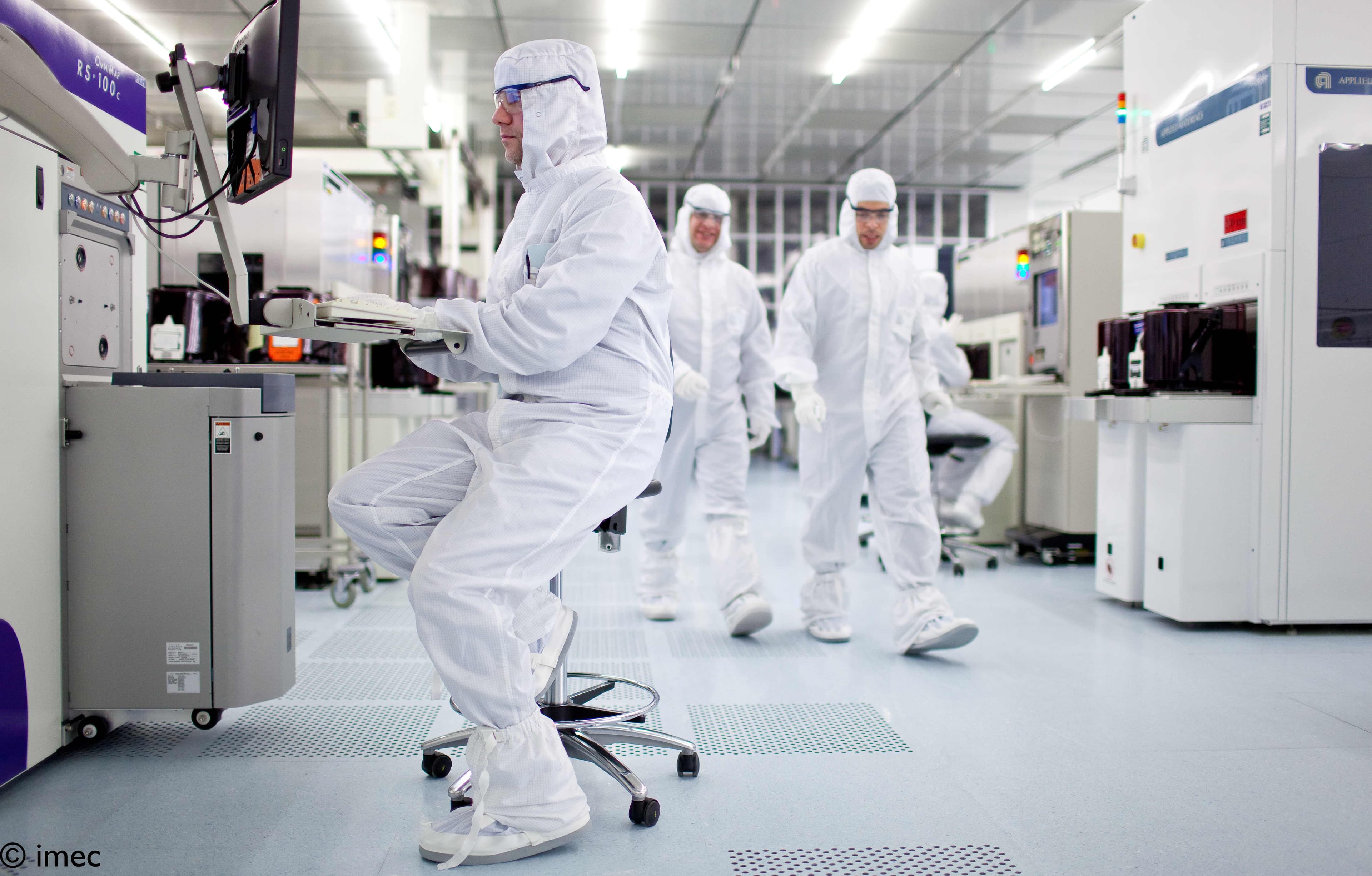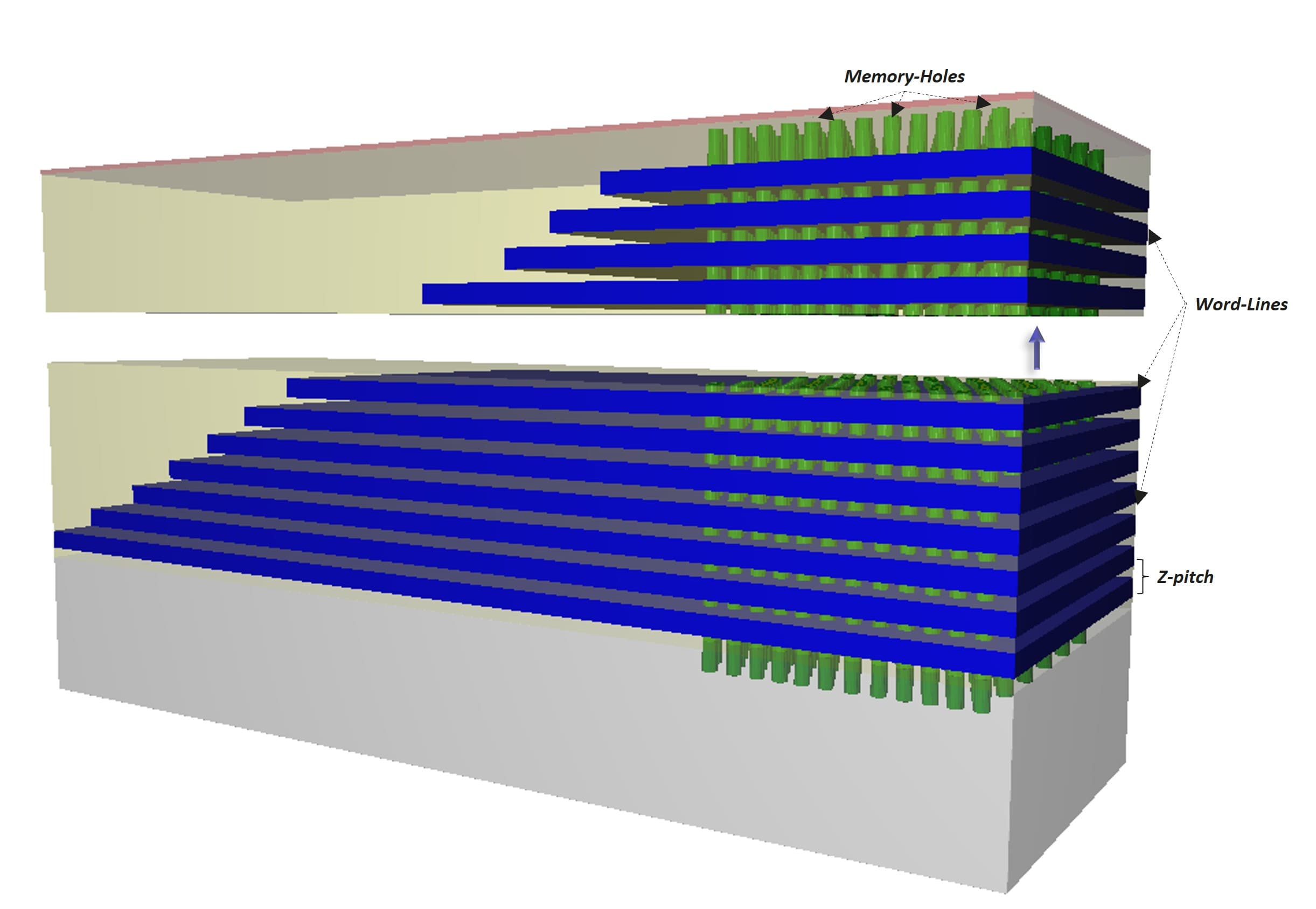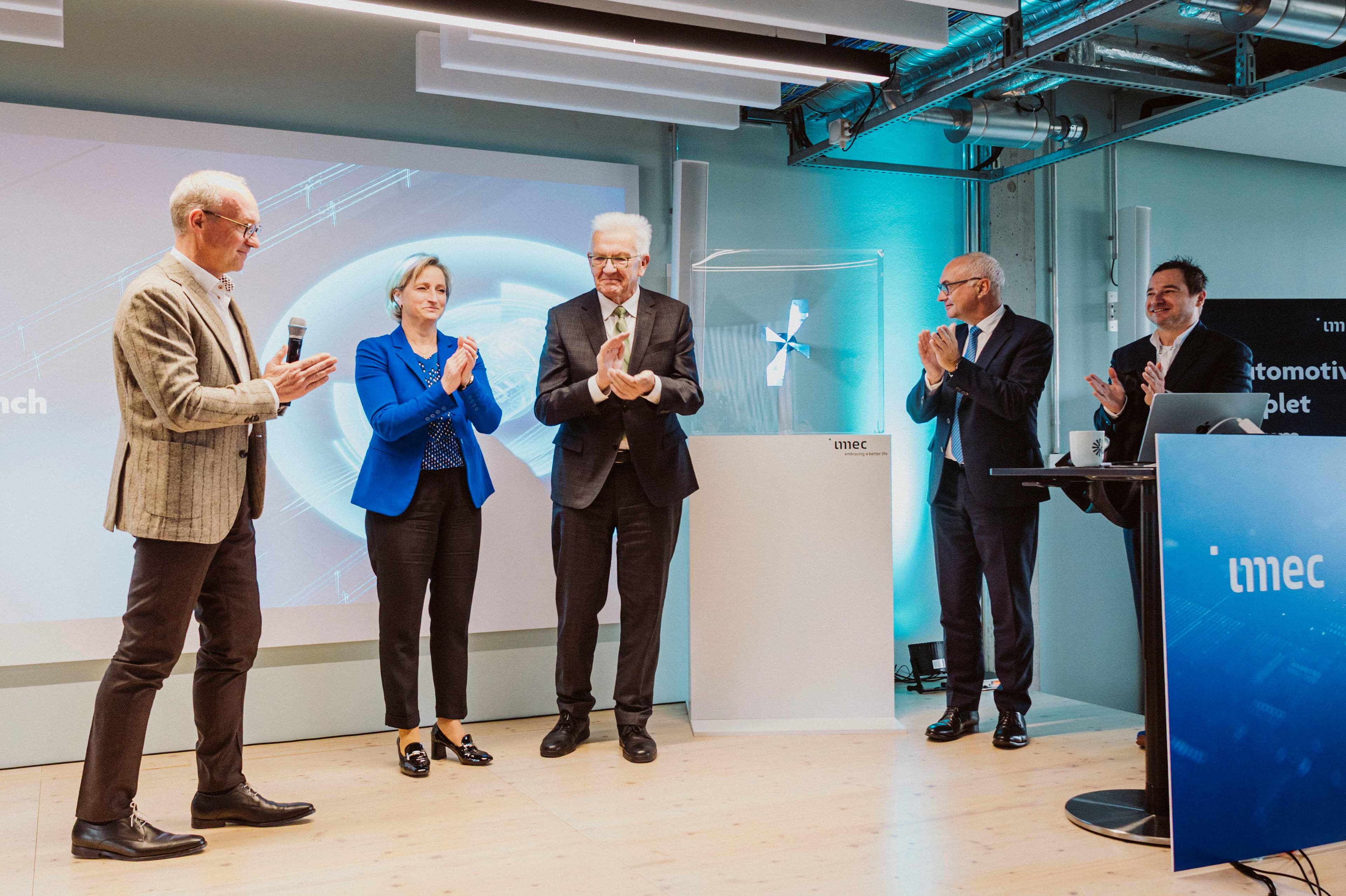Energy density of our solid-state battery doubles to 400Wh/liter at 0.5C
At the Electric Vehicle Batteries Summit in Berlin, we presented our solid-state Li-metal battery cell with an energy density of 400 Wh/liter at a charging speed of 0.5C (2 hours), a record-combination for this kind of battery. In this way, we managed to double last year’s result and are well on our way to reach our goal of 1,000Wh/liter at a charging speed of 2-3C (less than half an hour) by 2024. We’ve also started to upscale the materials and processes in a pilot line for fabrication of solid-state pouch cells at the EnergyVille Campus Genk (Belgium) in collaboration with the University of Hasselt. These improvements in battery performance are an important prerequisite to enable long-range electric vehicles.
Read the full press release here.
Spin-off Pharrowtech goes fast-forward with 6 million euros in seed investment
Imec spin-off Pharrowtech, raised over 6 million euros for its seed investment round, led by imec.xpand and Bloc Ventures. Pharrowtech designs chips and antenna solutions for high-speed, wireless applications in the millimeter-wave domain. With this investment round, the company is planning to further enhance its products’ capabilities and prepare for high-volume production. To accelerate the company’s upcoming growth phase, Pieter Vorenkamp, former Senior VP at Broadcom and Cadence, recently also joined the new board as independent chairman.
Ready for the unexpected with these two smart city projects
This month, imec City of Things, presented the final results of two of their smart city projects, i.e. Flooding and Observer. Though both projects have a very different focus – predicting and preventing floods versus optimizing mobility through intelligent traffic lights – they both show how using a variety of real-time data can help us tackle unexpected events, from flash floods to traffic jams.
Do you want to know how sensors and radar images can help the Fire Brigade outsmart floods? Find out more about the Flooding project in this article.
Curious about the potential of intelligent traffic lights? Find out more about the Observer project here.
Imec researchers present their breakthroughs at the 2019 Symposia on VLSI Technology and Circuits
At the 2019 Symposia on VLSI Technology and Circuits in Kyoto, our imec researchers presented several breakthroughs in advanced semiconductor scaling. One of the main highlights was a new way to improve the performance of both Ge-based n-type FinFETs and Ge-based-p-type gate-all-around (GAA) devices. For Ge n-type FinFETs, pre-gate stack process optimization dramatically improved reliability and performance, with 100 percent improvement in positive bias temperature instability (PBTI) and improvement in GmSATvs. SSSATbenchmark. For the Ge-based p-type GAA device, excellent short-channel control and performance were achieved with an improved extension-less junction scheme.
A second result to highlight is imec’s new method to fabricate spin-orbit torque-MRAM devices on 300mm wafers using CMOS-compatible processes. To do this, imec has proposed a reliable ‘field-free’ switching concept that eliminates the need for an external magnetic field during write operation. It also makes it possible to separately optimise the properties of the magnetic tunnel junction and the conditions of field-free switching. As a consequence, this solution is more manufacturing-friendly, a major requirement for the high-volume production of SOT-MRAM devices.
Towards personalized therapy with the support of social robots
In the collaborative imec.icon research project, ROBO-CURE, industry, research and medical partners explored the use of social robots in healthcare. More specifically, they focused on a use case in which social robots assisted children who were recently diagnosed with diabetes in changing their lifestyles and eating patterns. The aim of the project is not only to investigate how social robots can assist patients with a chronic illness, but also to evaluate how these robots can gather and use valuable patient data to personalize therapy.
In this video, you can see the robot in action:
Published on:
2 July 2019














